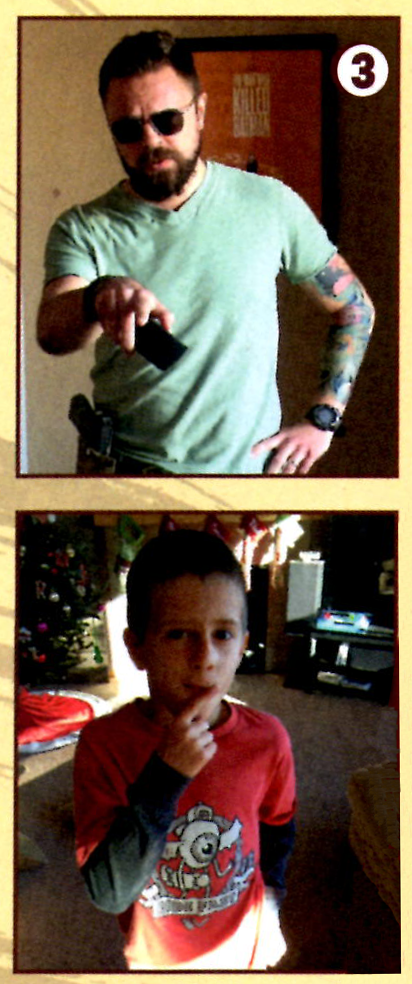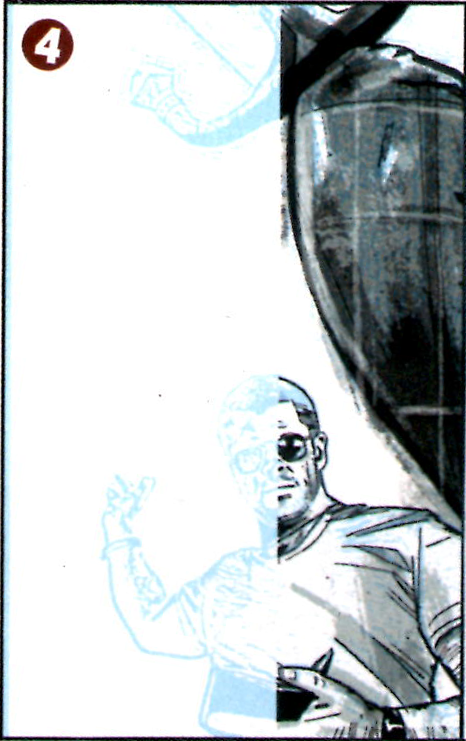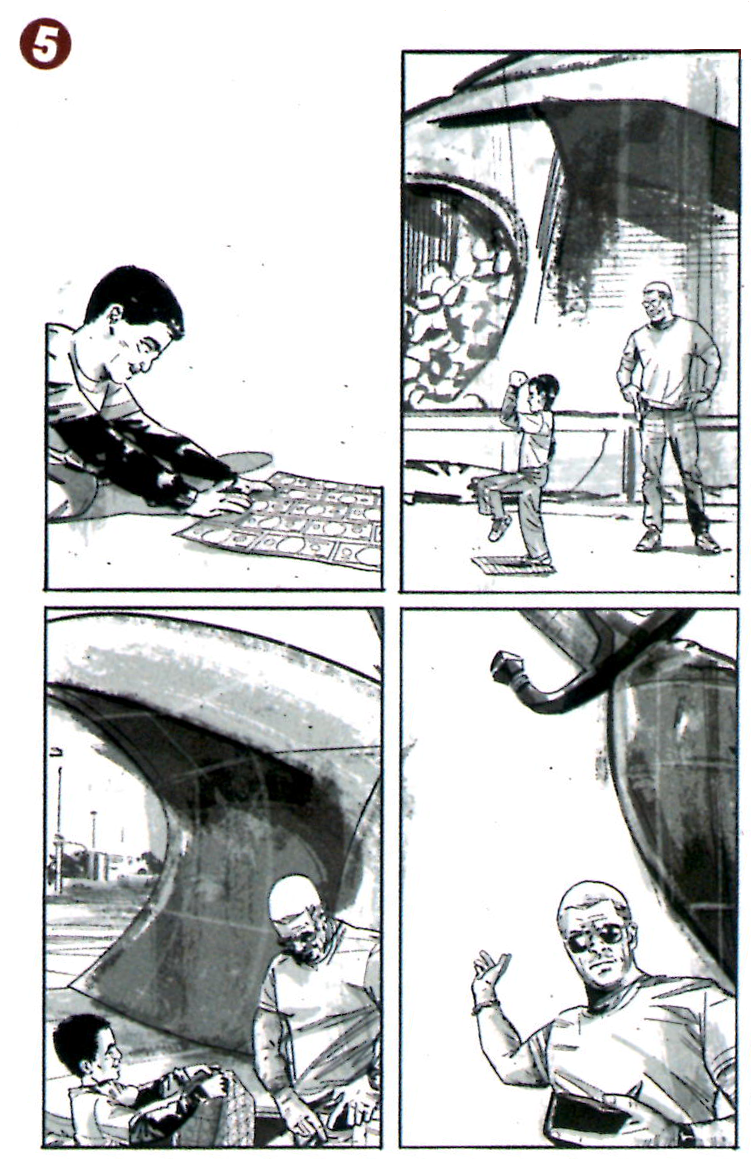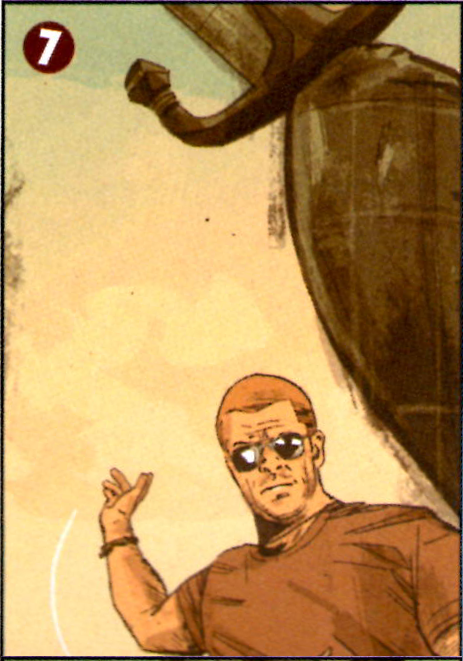Some months ago, I went into a wide survey of the various ways that comics creators actually make their comics. The interaction between writer and artist was a particular focus and two main ways for putting the scripts together:
- Script first – writer delineates what’s to be on each page: number of panels, dialog, action, points-of-view, etc.
- Plot first – writer gives a general outline of the plot and the artist provides the panels to which the writer adds dialog and captions.
This week I would like to cover how the creative team on The Sheriff of Babylon does their thing. Ironically, I don’t read the title and the material that I am presenting and analyzing is taken from the back of issue #2 of the Vertigo title The Dark & Bloody. I can’t say why this piece got included but I am glad that it did as it is always helpful to see how someone does it.
A bit of dwerping around on the internet has revealed to me that The Sheriff of Babylon is a 8 issue limited series from Vertigo written by Tom King with art by Mitch Gerads. Vertigo describes the comic series as:
The behind-the-scenes look covers the creation of page 7 of issue #4 and is written by Mitch Gerads. He breaks the creation down into seven steps.
Step 1: First he gets the script from Tom King, which provides a description of action and dialog, panel-by-panel.
Gerads makes a point of saying that the script arrives about a week before he even starts and that allows him to ‘live with it for a while’, by which he means that he reads it several times and plays the action out mentally before he starts forming them on paper.
Step 2: Gerads develops the layouts in a quick and loose fashion, which he calls ‘Mitch Gibberish’. The idea here is to get the overall look and feel into the rest of the creative team’s hands. Unfortunately, he doesn’t get into any back-and-forth that may exist where King or editor Jamie Rich may ask for adjustments.
Step 3: Gerads tries to bring a sense of realism to the book since the events are based on real-life. He, apparently does this by looking at photography of Iraq, military hardware, etc. He also shoots photo references in which he acts out the parts (or gets help from his family – here pictured his twelve-year-old cousin Coop).
Step 4: He says that he tweaks and arranges all of these photographs into a reference collage in Photoshop as a prelude to drawing.
Step 5: According to Gerads, The Sheriff of Babylon is done completely digitally. So he then turns the reference layout into a digital blue-line drawing and then covers the drawing with digital inks, resulting in a black-and-white layout.
Step 6: Once the inks are done, Gerads hands off the pages to the color flatter, Joseph Franzzetta, who blocks in random colors so that Gerads can continue to draw.
What I believe is happening in Step 6 is that Franzzetta gets the art carefully colored with a palette that can be easily remapped to whatever Gerads want it to be. For example, the green sky in the image above maps to the sandy colored sky in the final done in Step 7.
Step 7: Gerads does the final colors and formats it before sending it off to the printer. Sadly, he doesn’t provide much in the way of how he formats and if formatting includes the speech balloons.
So there you have it, a quick look at how the art is done on The Sheriff of Babylon following the script-first technique.







